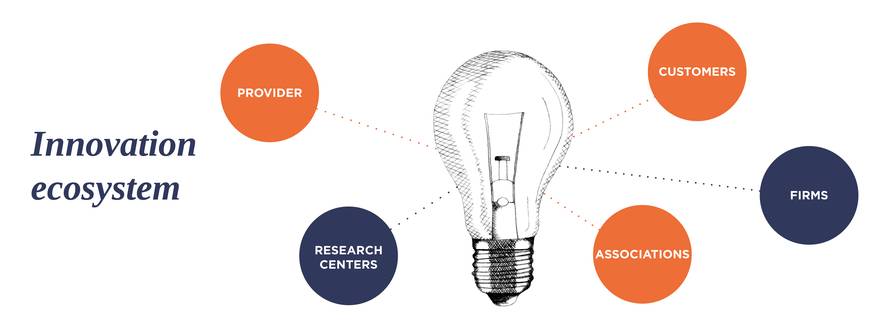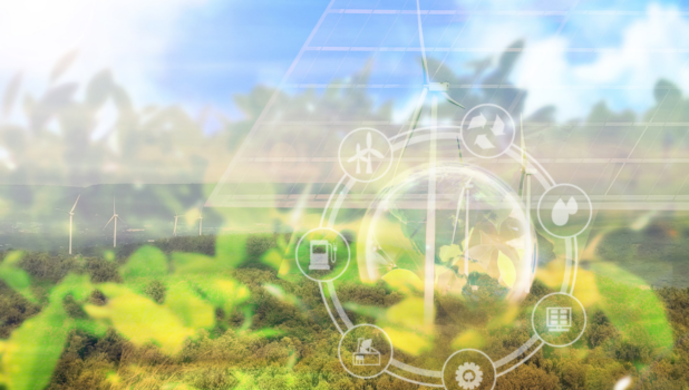We are fast moving towards a world where innovations increasingly are the brainchild not of a single business but of several distinct organisations working together. An example of a field where lots of different players must collaborate to create a shared solution is that of sustainable energy.
Until now, business research in the area of innovation ecosystems tended towards investigating the rules, incentives and risks surrounding these ecosystems. To date there has been little research on the emergence of the ecosystems that come about when an innovation requires the cooperation of players across a diverse set of fields.
An example of an innovation ecosystem: the nascent world of hydrogen energy solutions
What is an emerging innovation ecosystem? It is a situation where the perimeter of the overall innovation is not yet determined, the contributors to this offer are not all identified, and the rules between these contributors are still not fully defined.
In order to study an emerging innovation ecosystem we investigated the emerging ecosystem of hydrogen energy. It is a typical situation of a wide number of players from a variety of different sectors that must cooperate. This includes the producers and the packagers of hydrogen, the fuel cell producers and their suppliers that transform the hydrogen in electricity, the producers of the devices that will use this electricity created and the public authorities who will provide the regulation for the transportation and safe use of the hydrogen.
Dealing with uncertainty by undertaking complete solution experiments (CSE)
Firms that want to be part of an innovation ecosystem face a lot of uncertainty because they are dealing with a brand new innovation. This means they lack a lot of knowledge about (i) the context of use of the innovation and its impact on the performance, (ii) the performance valued by the customers, and (iii) the costs and the exploitation conditions of the innovation.
Experimentation is a way to generate this knowledge. Indeed, the literature on innovation has shown that experimentation is critical because it creates knowledge and reduces uncertainty. We wanted to investigate the case of innovation that involves players from several different fields.
Experimentation is critical because it creates knowledge and reduces uncertainty.
Over the course of our 18-month observation we identified four key lessons about what we called a “complete solution experiment” (CSE) and factors to observe in order to generate knowledge and reduce uncertainty for all the players.
1. Involve as many players as possible!
For an experiment to generate knowledge on the offer as well as on the ecosystem, it should involve players spread across the entire pipeline of the innovation. While the list of companies involved in the experimentation will probably not be the same as those who ultimately make up the final partnership, they should represent all those organisations that are required to bring the innovation to market.
2. Don’t experiment too early!
The experimentation is supposed to bring knowledge on the performances of the ecosystemic innovation. Therefore it has to involve a complete solution with all the components. The solution is refined and representative of an industrial offer. This means the CSE can’t be done too early on in the exploration and innovation process.
3. Work with real customers!
In order to generate useful knowledge, the CSE has to involve real customers willing to work with a prototype in real conditions over a significant time period and to give feedback.
4. Be transparent on the data exploitation!
For a CSE to be successful, from the beginning you have to be transparent on the rules of how the knowledge generated by the experiment will be used and how the players will be coordinated. The main value of the experiment is the knowledge produced and all of the players in the game will have a stake in this outcome. To avoid conflict later or confusion during the process, it’s important that the various players are clear from the outset on how they will work together.
We show that the emergence of innovation ecosystem is progressive and that each experiment enables the development of the innovation as well as the ecosystem.












